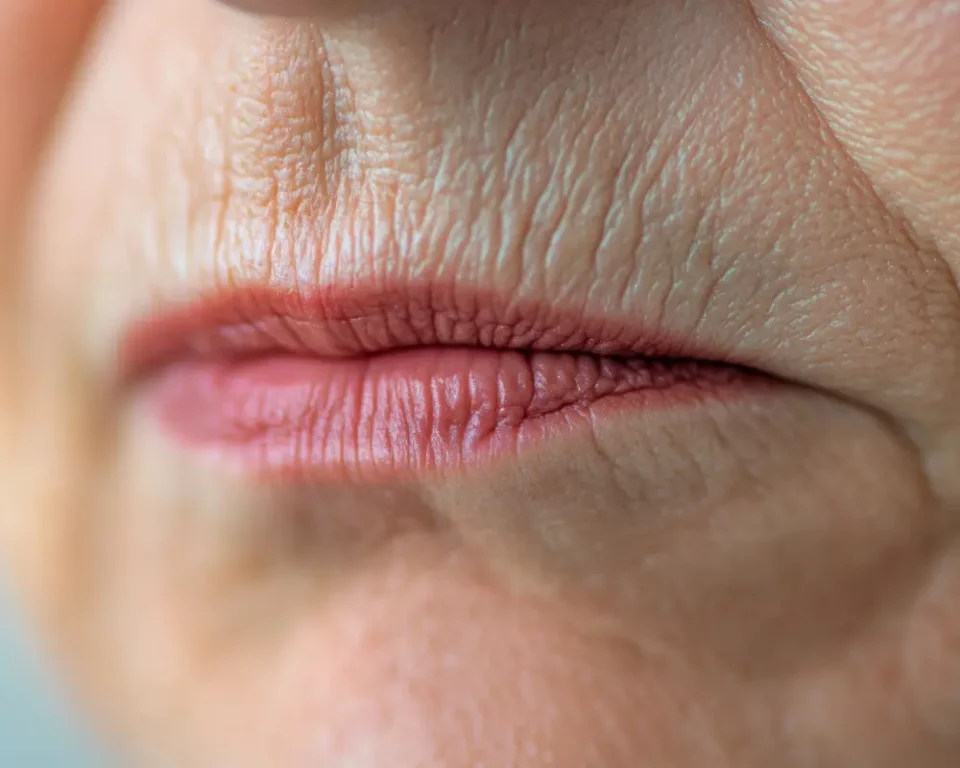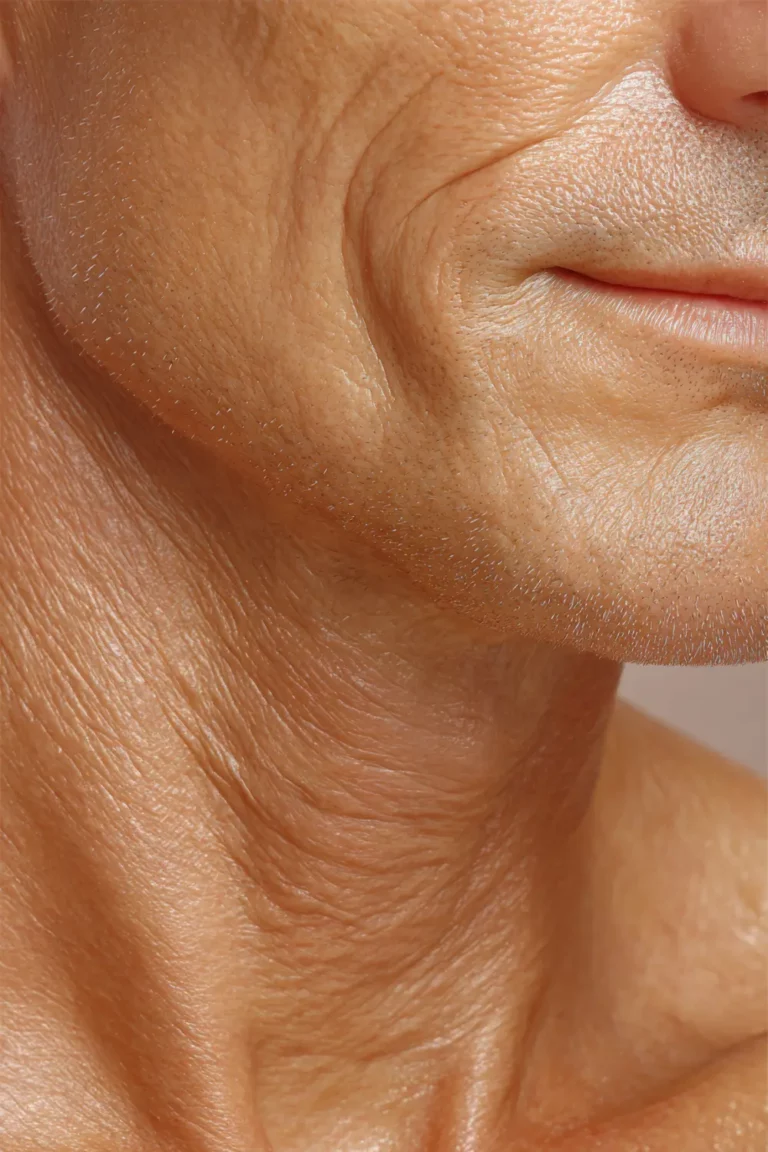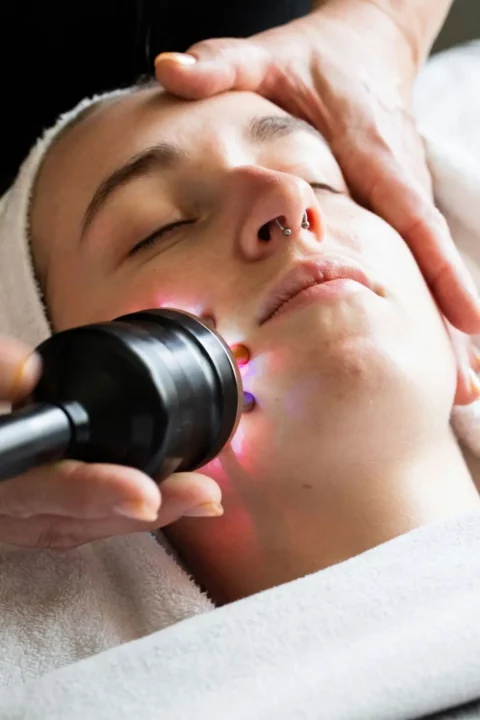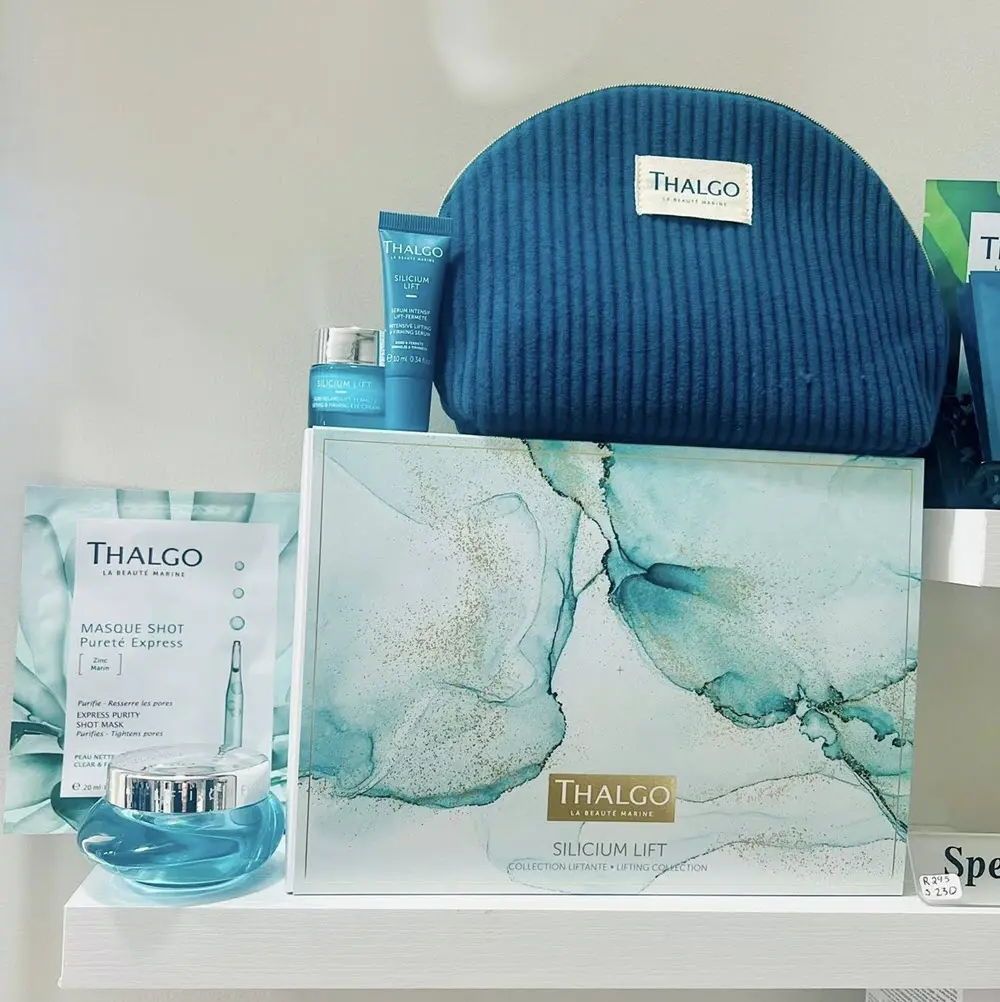Skin aging is a gradual process shaped by both intrinsic factors (our natural genetic programming) and extrinsic influences (environmental exposure, lifestyle, and habits).
Together, they cause visible changes such as fine lines, wrinkles, sagging, and uneven tone. Recognizing these causes early helps you make informed choices to protect and maintain skin health.
Why Does Skin Age?
Skin ages because cells and structural proteins decline over time. Fibroblasts reduce collagen and elastin production, and senescent cells accumulate, lowering the skin’s ability to repair and renew. This intrinsic process is natural but becomes more pronounced as we age.
- Decline in collagen and elastin weakens support structure [1][2]
- Cellular senescence reduces repair capacity [1]
- Post-menopause, estrogen loss accelerates collagen decline [2][6]
What Causes Skin Aging?
Skin aging is driven by a mix of internal and external forces. While genetics guide the pace of intrinsic aging, extrinsic factors accelerate damage. Chief among them is UV radiation, responsible for up to 80% of visible facial aging [8].
- Intrinsic factors: reduced collagen production, fibroblast aging, hormonal changes
- Extrinsic factors: UV radiation, pollution, smoking, poor nutrition
- Oxidative stress: free radicals damage collagen and elastin
- Skin barrier decline: increases dryness and sensitivity with age
Collagen and Elastin Decline by Decade
| Age Range | % Collagen Loss per Decade | Elastin Changes | Impact on Skin Elasticity/Firmness | Aging Accelerators |
|---|---|---|---|---|
| 20s | Collagen peaks, no major loss yet | Slight oxytalan fiber decline after 30 | Skin firm and resilient | UV exposure begins collagen damage |
| 30s | 10–15% loss per decade | Early elastosis signs by 40 | First wrinkles, mild loss of firmness | UV, smoking, toxins |
| 40s | ~25% total loss from peak | Elastic fibers disorganized | Noticeable sagging, deeper wrinkles | Menopause, UV exposure |
| 50s | Post-menopause: ~2.1% loss per year | Accelerated elastotic degeneration | Thinning skin, pronounced laxity | Estrogen decline, sun damage |
| 60s+ | 30-40% cumulative collagen loss | Severe elastin fragmentation | Marked sagging, deep folds | Cumulative UV + lifestyle |
Summary
- Intrinsic aging: genetic, time-driven, includes collagen/elastin decline and cell senescence.
- Extrinsic aging: UV, pollution, smoking, poor nutrition, accelerates visible changes.
- Key accelerators: menopause-related hormone shifts, chronic sun exposure, oxidative stress.



